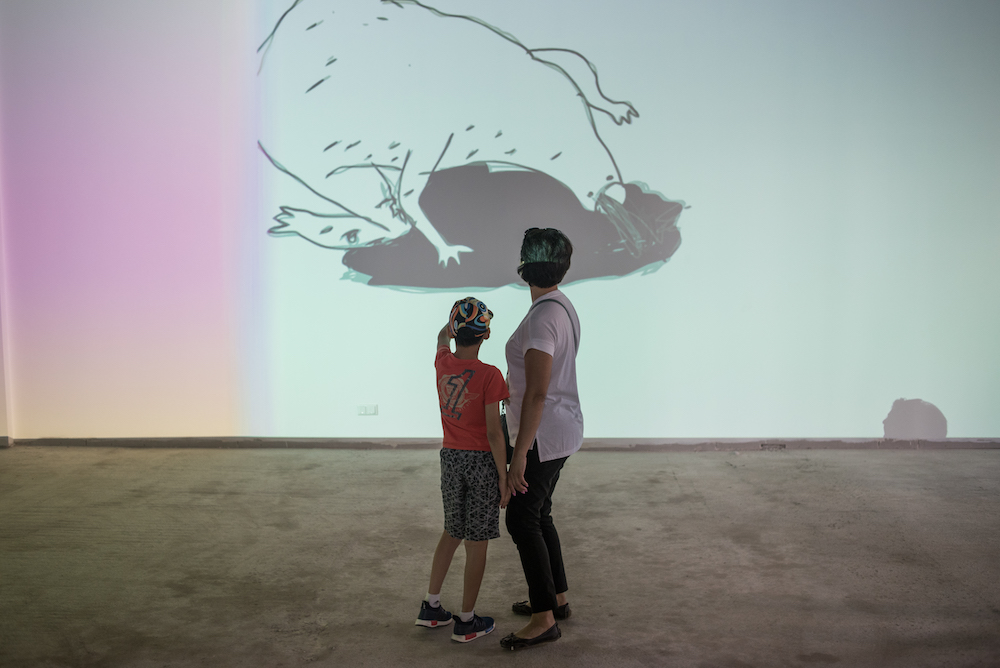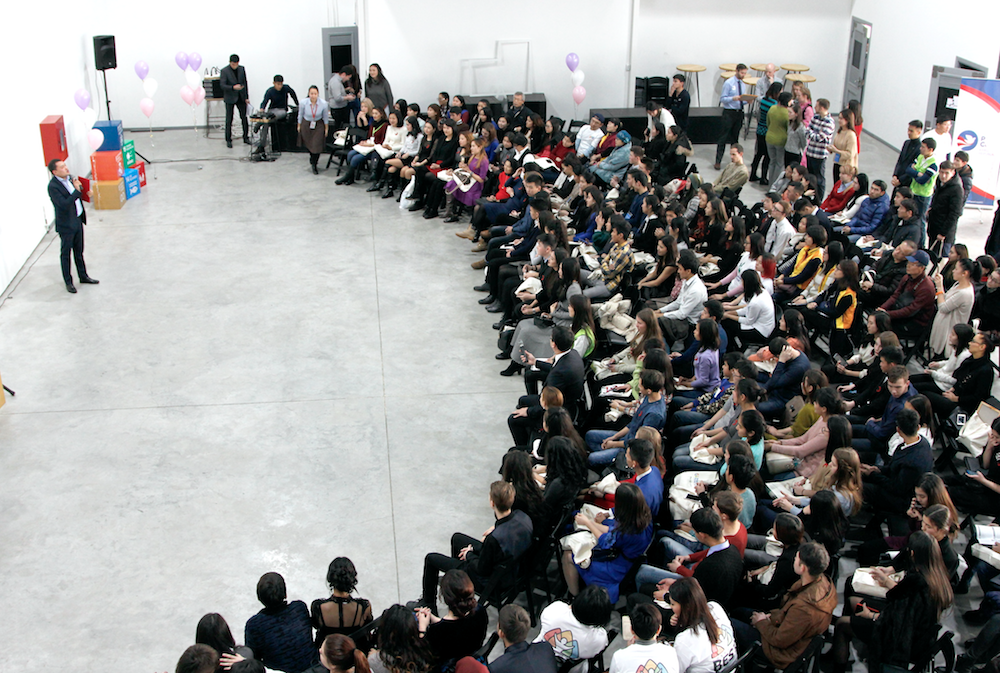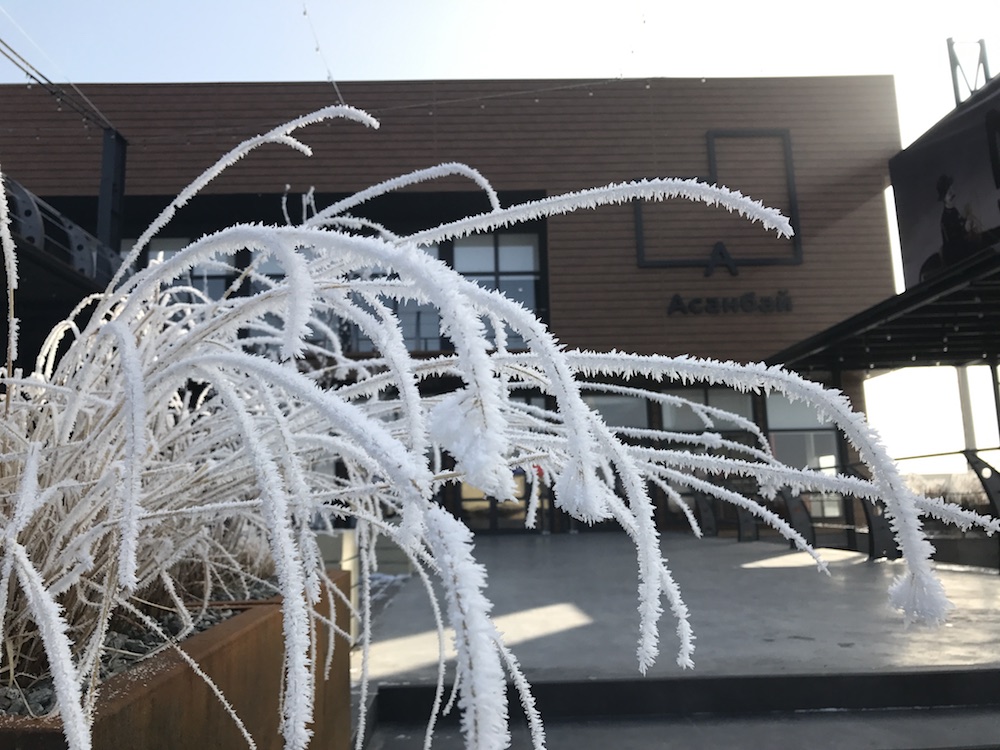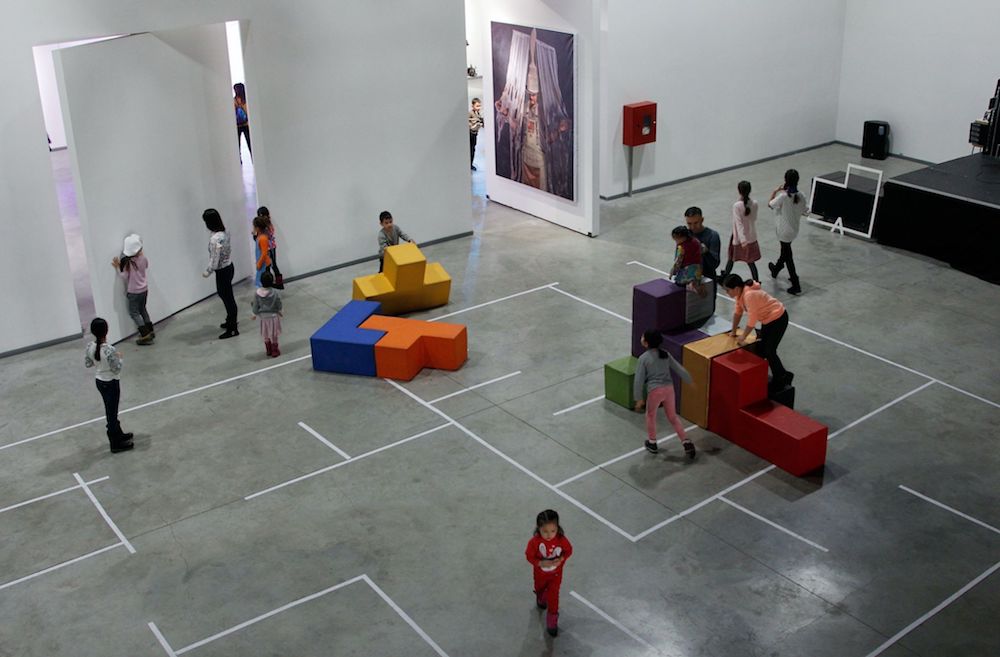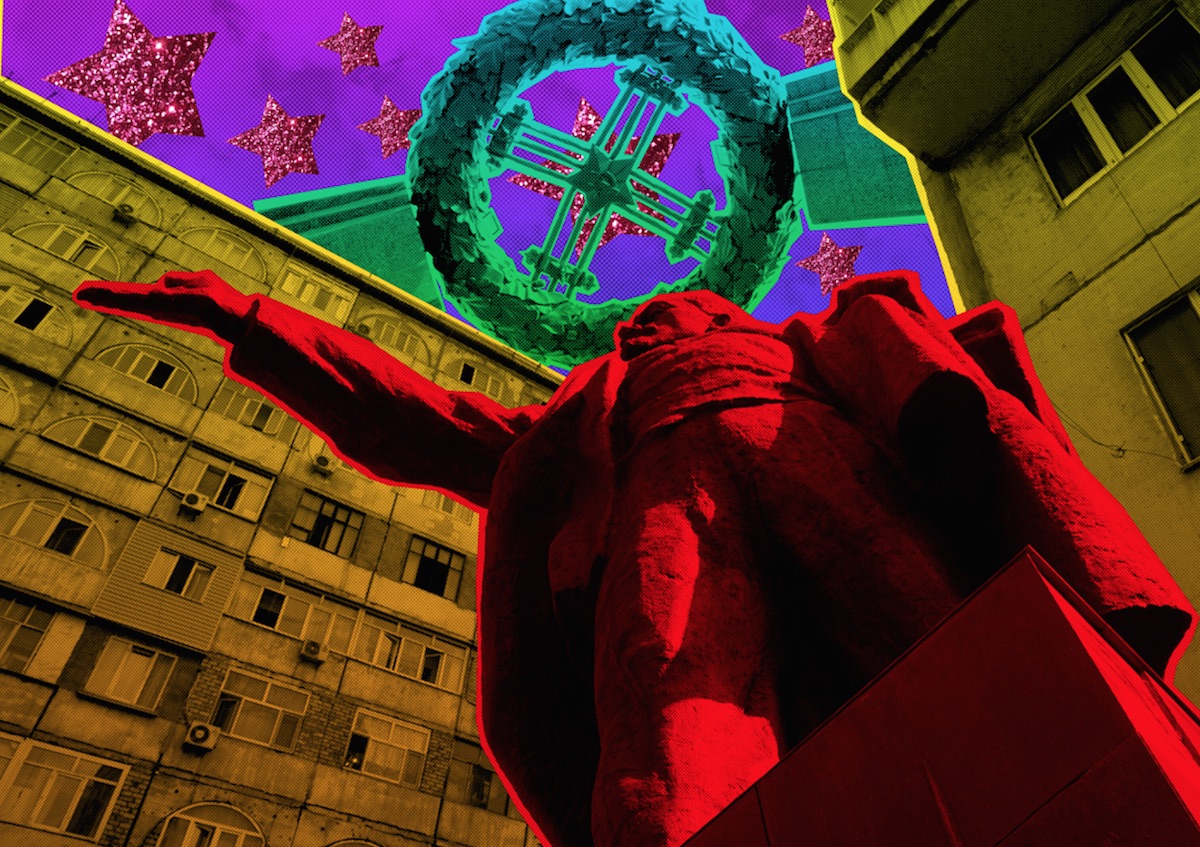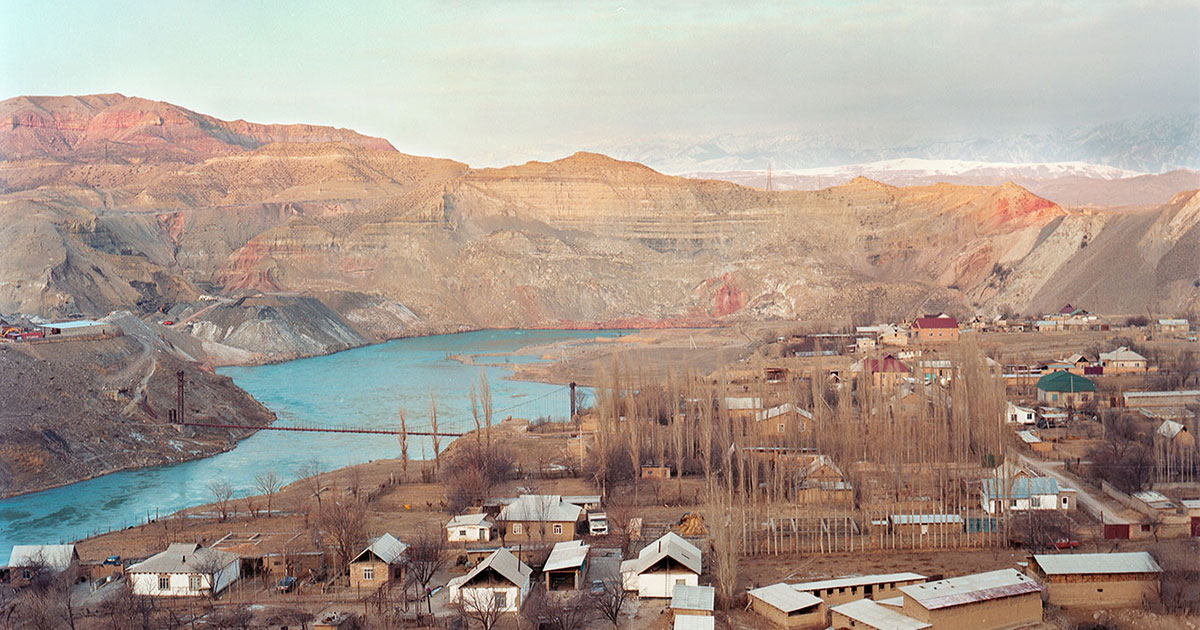The art of attraction: meet the Kyrgyz women bringing the public back to galleries

Over the last few years, a new network of galleries and museums in the Kyrgyz capital Bishkek have made it Central Asian hub for contemporary art. Bermet Talant spoke to some of the female pioneers leading the city’s cultural shift
Female curators and cultural managers are drawing more and more people to galleries, museums and events in Bishkek, the Kyrgyz capital, which is winning a reputation as something of a contemporary art hub for the region. This trend was thrown into sharp relief at the first Central Asian forum of art managers held in Bishkek in November: of the 60 attendees running state museums and art galleries in Kyrgyzstan, Kazakhstan, Tajikistan and Uzbekistan, just three were men. But nowhere is the work of female curators and managers more apparent than in Kyrgyzstan, which has long been considered one of the most democratic countries in the region. In recent years, Bishkek has seen new audiences, more exhibition space and eye-grabbing projects by local and foreign artists.
Bermet Talant, who grew up in Bishkek, spoke to three of the Kyrgyz women who are driving this transformation. The cultural spaces they curate are very different, but they share a common goal of popularising art. Each of them is passionate about their work and adept at seeking out new opportunities.
Cholpon Tentieva
National Museum of Fine Arts
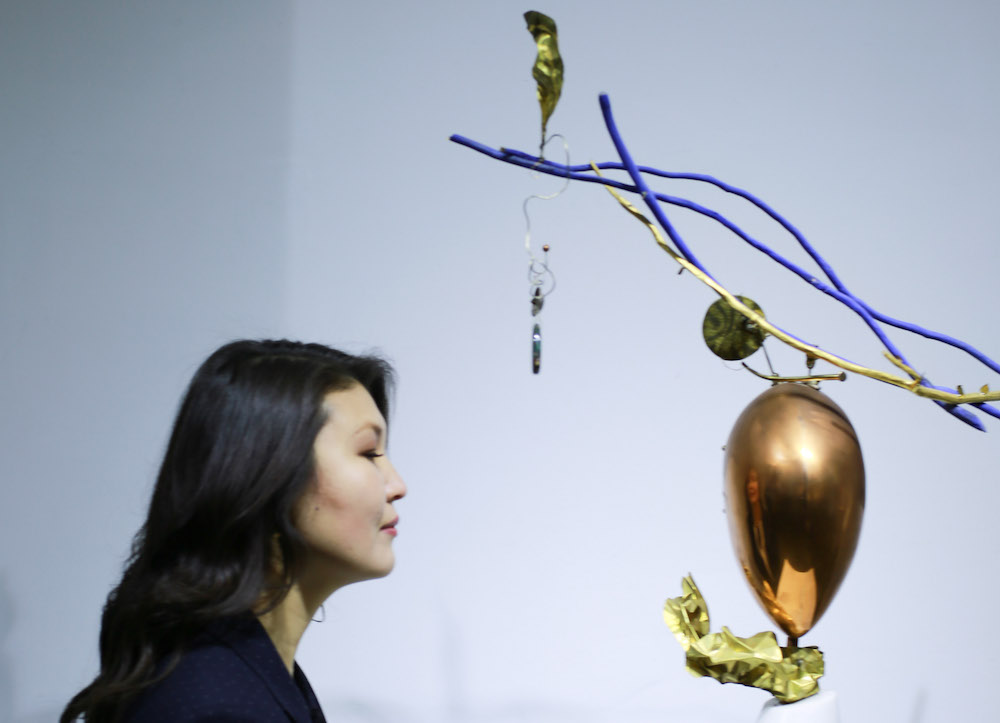
Aside from her position as head of marketing at Bishkek’s National Museum of Fine Arts, the prolific Cholpon Tentieva is also a government adviser and music producer; but it’s her museum work that mainly fills her time. A few years ago it would have been hard to imagine queues to get into the National Museum of Fine Arts — but things are changing. During my last visit to Bishkek, the museum was the talk of the town.
This was during an exhibition in memory of Kuljake Usubalieva, a former director of the museum. Thanks to her work, the institution holds a treasure trove of Kyrgyz and Russian art from the Soviet period and many traditional Kyrgyz handicrafts. Usubalieva brought works by artists of the pre-Soviet era to Frunze (the former name for Bishkek) such as Ivan Shishkin, Ilya Repin, Boris Kustodiev, and Valentin Serov. Because of her, Bishkek is the only place outside of Moscow that has a copy of painter Mikhail Vrubel’s Swan Princess.
To my shame, despite having grown up in Bishkek, I had never heard of Usubalieva’s rich legacy or seen the art treasures hidden in the concrete-rich, communist-era building.
After visiting the show, I tracked down the 37-year-old Tentieva, one of the few professional art historians in Kyrgyzstan, who quit a well-paid position at an international agency to take up the job at the museum five years ago. Friends and family thought she was crazy. “I spent six months contemplating how to breathe life into this dustbox,” she says. “Everything about the museum was so interesting. I had so many ideas.”
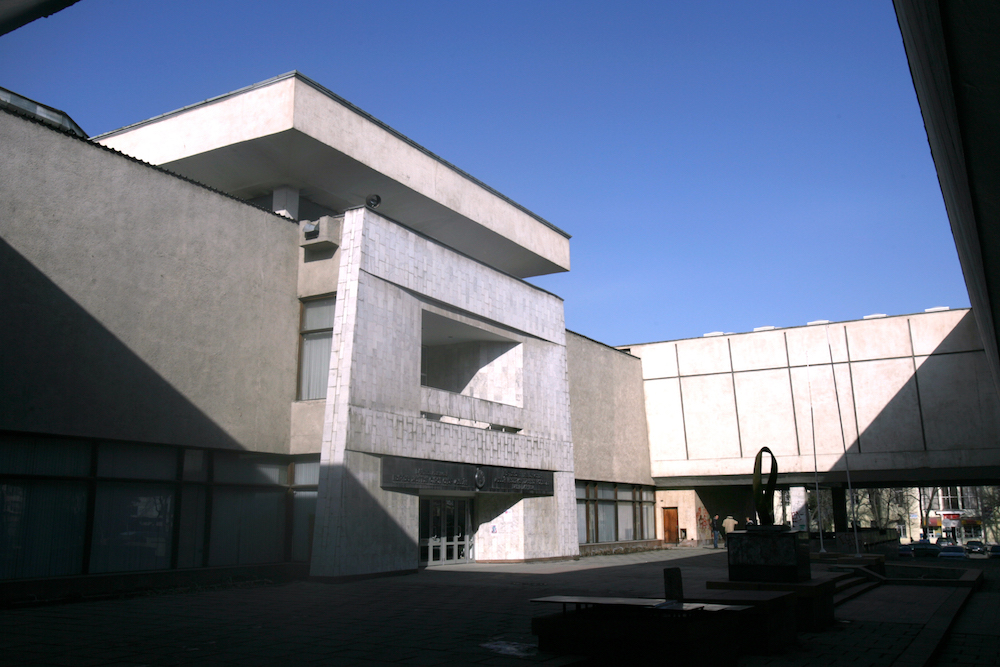
Night at the Museum, an art festival launched by the museum in 2012, is now a mainstay on the city’s cultural calendar and has grown into one of Bishkek’s most popular cultural events. In May last year, the festival broke a record for visitors, with almost 20,000 people entering the museum doors in a few hours. Under Tentieva’s leadership, the museum, which now shows around 60 exhibitions a year, also launched art workshops and staged exhibitions featuring contemporary art, handicrafts, photography, jewellery, and sculpture from Kyrgyz and foreign artists.
Tentieva remains just as passionate about her mission as when she began the job. “A lot of things can be done without donors,” she says. “Our museum has everything. The key task is to make its products attractive and work with the public. We need to make art trendy.”
Meerim Akmatkulova
Gallery M
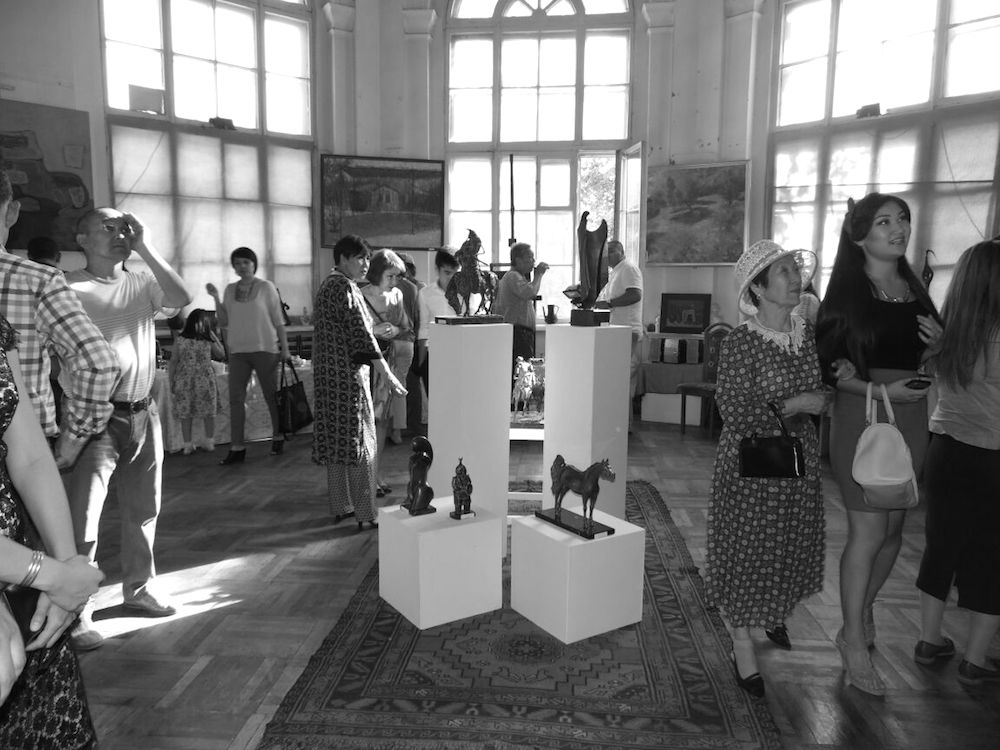
The life span of art galleries in Bishkek is usually short. But Gallery M, the first private gallery in Kyrgyzstan, is a remarkable exception. It was founded by renowned Kyrgyz artists Momunbek Akmatkulov and wife Jyldyz Asangali in June 1991, two months before the country officially declared independence from the Soviet Union.
Now the couple lives in Turkey and the gallery is managed by their daughter, Meerim Akmatkulova. A “patroness of Kyrgyz painters” is how a friend introduced her to me. “Our gallery primarily focuses on Kyrgyz classical painting. We are, so to say, the keepers of tradition,” the 38-year-old Akmatkulova says.
Gallery M is the only place in the city that gives Kyrgyz painters a free venue for their works. “Running a gallery, even a small one like ours, is expensive,” says Akmatkulova. “But because my parents are artists themselves, they are happy to support Kyrgyz painters.”
After the collapse of the Soviet Union, the creative sector in Central Asia faced a double-whammy of financial cuts and declining interest. But, according to Akmatkulova, things actually weren’t too bad in the 1990s. “There were philanthropists and art collectors and the quality of artwork was extremely high,” she recollects. “I’d say that creative boom lasted until 2000.”
Akmatkulova’s way of speaking evokes the remnants of Kyrgyzstan’s intelligentsia and a nostalgia for bygone times. Having grown up in a family of artists, Akmatkulova abandoned economics after doing a degree in the subject, dedicating herself to supporting local artists.
Last year was an extraordinary year for Bishkek’s art scene, which saw bigger audiences, more exhibition space and eye-grabbing projects by local and foreign artists
Gallery M has a small fan club of art lovers. Located right in the centre of Bishkek in a renowned 1950s building, their one-room gallery displays works of young, unknown painters next to the works of established artists like Rasul Kochkorbaev, Talant Ogobaev, and Khalida Shimova.
Aida Sulova
Asanbay Center
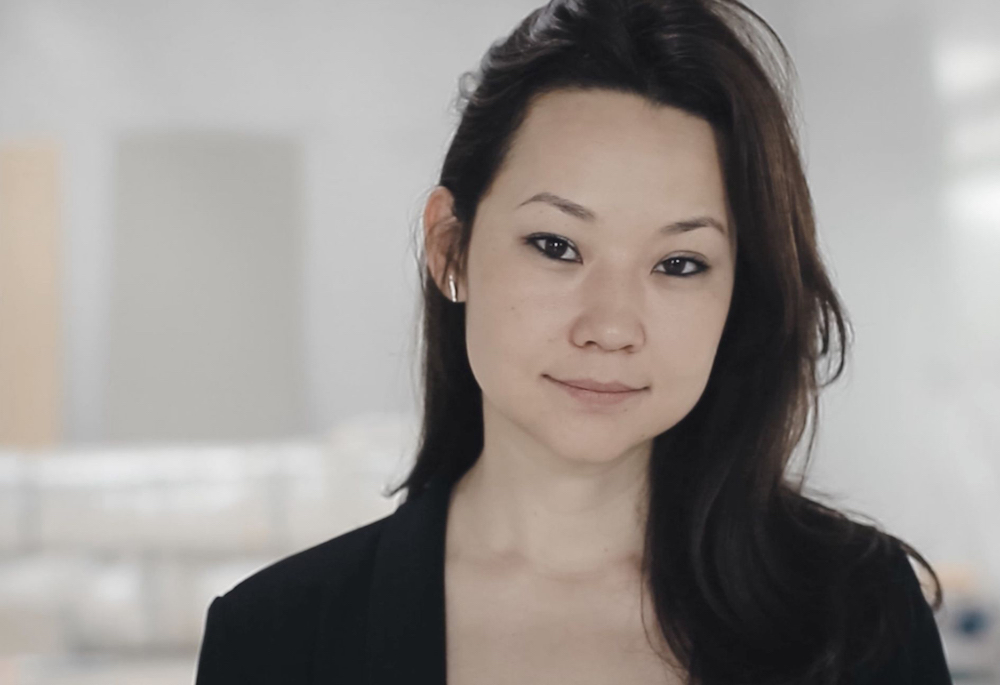
Aida Sulova made her name as an artist in Kyrgyzstan with a 2012 project about plastic bags. Besides a photo exhibition with shocking images of Bishkek disappearing under piles of plastic bags, she created a collection of reusable grocery bags. Now she runs a a new project making big waves in the region: the Asanbay Center.
Built with money from private investors, this 1,800-square-meter venue includes a Georgian restaurant, a coffee shop and a bar. Besides contemporary art exhibitions and concerts, Asanbay also hosts corporate events. Her decision to combine the commercial and the artistic has stirred some criticism, but Sulova maintains that the unusual marriage is a positive thing for the space.
“If there’s no government support for arts and no culture of philanthropy in society, I think it’s great that the initiative is coming from entrepreneurs,” she says. “Asanbay can be a role model for the harmonious co-existence of different components: commercial, educational, artistic.”
Sulova has used knowledge from her New York arts degree and the kudos she earned as a trendsetter in Bishkek (a few years ago she began a city-wide craze for colouring your high heels with nail polish) to make Asanbay one of the most popular cultural spots in Bishkek today.
The space’s capacity for transformation is stunning. I remember marvelling at the different feelings it evokes in its different guises. At night, Asanbay can be an electronic music club. By day it becomes an auditorium for a lecture on artificial intelligence. Recently, it held an orchestral concert with a 3D show about traveling through the world’s most famous opera halls.
For its debut last September, Asanbay brought together works by artists from Kyrgyzstan, Kazakhstan, Uzbekistan and Germany. This spring, it is hosting exhibitions of painters Vsevolod Demidov from Kazakhstan and Dilara Kaipova from Uzbekistan.
If it continues in this vein, Asanbay looks set to a contemporary art hub in Central Asia, an aspiration that Sulova embraces. “Uzbek and Tajik artists say Kyrgyzstan has more freedom of expression than anywhere in Central Asia,” she says.
Throughout this week we’ll be sharing features celebrating female creativity across the New East. You can follow the #WomensWeek project here.
